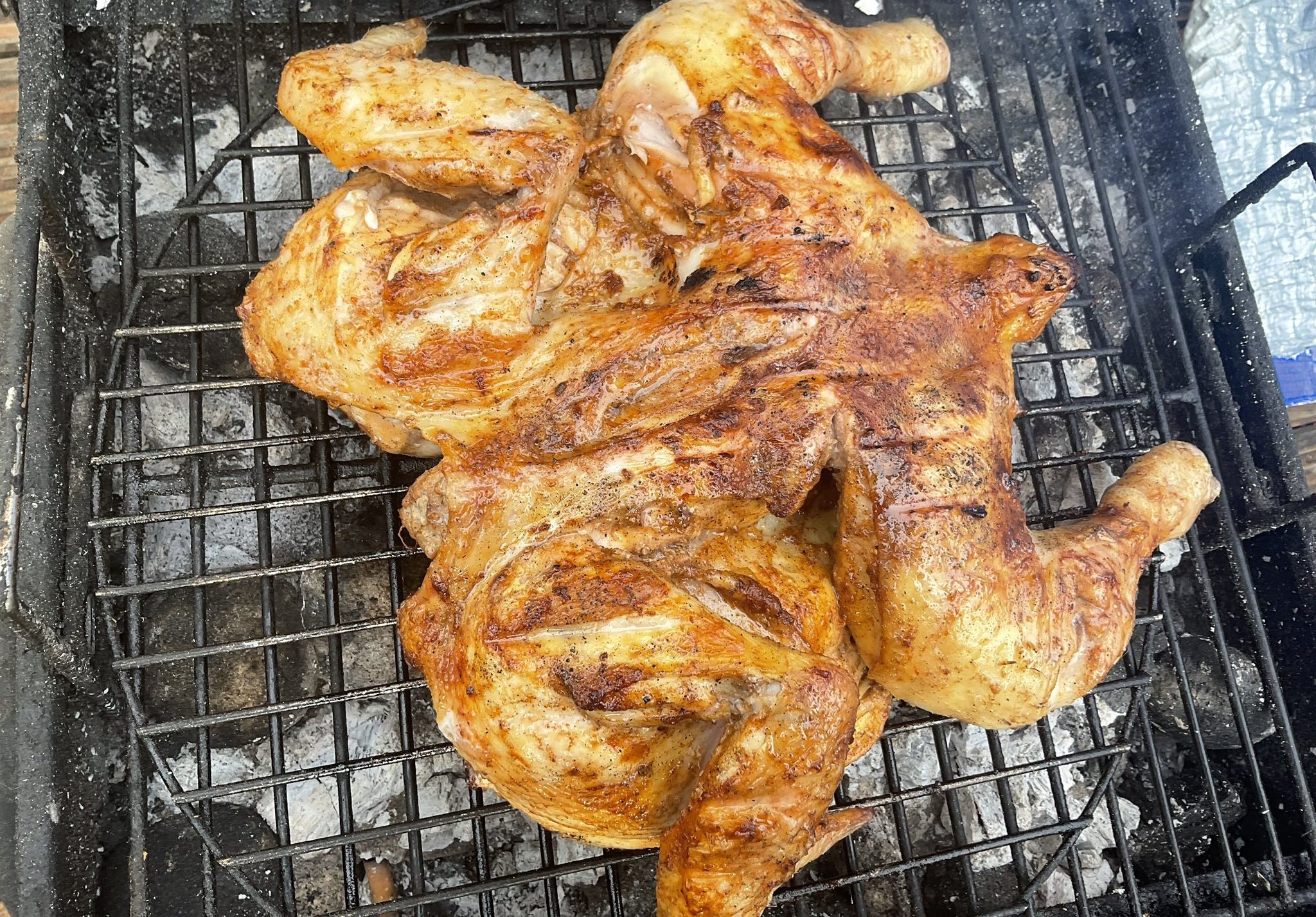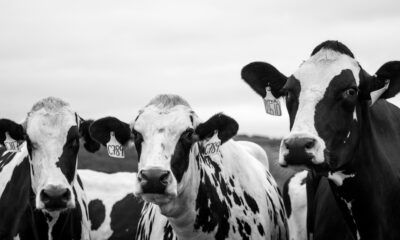Published
6 months agoon
By
zaghrah
The ban may be easing, but millions of South Africans will still feel the sting of delayed chicken imports and the food crisis is far from over.
If you’ve noticed fewer polonies on shelves or rising prices for viennas and sausages, you’re not imagining it. South Africa is grappling with a food crisis that’s largely flown under the radar and it’s all tied to chicken imports.
When the Department of Agriculture slapped a blanket ban on Brazilian poultry products in May 2025 after an avian flu scare, it sent shockwaves through the food industry. Brazil isn’t just any chicken supplier, it accounts for a staggering 73% of all poultry imports into South Africa and an even more critical 92% of all mechanically deboned meat (MDM), the essential base for processed meat products that millions of South Africans depend on.
Let’s be clear: we’re not talking gourmet chicken here. MDM is the cheap, protein-rich filling used in viennas, polony, sausages the kind of protein that feeds schoolchildren, sustains township households, and stretches a family’s food budget.
According to the Association of Meat Importers and Exporters (AMIE), more than 400 million poultry-based meals per month in South Africa rely on Brazilian imports. The sudden ban disrupted all of it — and food producers like Eskort were among the first to sound the alarm.
“This isn’t about luxuries,” said AMIE CEO Imameleng Mothebe. “MDM is central to school feeding programmes and low-income households. Without it, we’re cutting access to affordable protein.”
Fast-forward to June, and public pressure has forced the Agriculture Department to walk back the ban — partially. The new regionalised approach allows imports from Brazilian states except Rio Grande do Sul, the epicentre of the avian flu outbreak.
Minister of Agriculture John Steenhuisen has been applauded for listening to stakeholders and acting quickly to prevent what many were calling a looming humanitarian crisis.
“South Africa doesn’t produce MDM in meaningful quantities,” explained the South African Meat Processors Association (SAMPA). “Without Brazilian imports, jobs are on the line and so is our food security.”
Despite the policy shift, Eskort warns that we’re not out of the woods. A long and bureaucratic journey lies ahead before any meat hits South African shelves.
First, Brazil needs to issue updated export certificates. Then, the paperwork must be signed off by South African authorities. Only after that can suppliers begin placing orders. Once production in Brazil resumes (which will take about two weeks), it’ll still be six to eight weeks before stock arrives and clears customs.
“Some of us, like Eskort, still have reserves,” said Eskort CEO Arnold Prinsloo. “But smaller suppliers are already in serious trouble. And the consumer? They’re going to feel it.”
The ripple effects are already being felt in school feeding schemes and spaza shops across the country. These programmes rely on cheap, easy-to-distribute proteins — and Brazil was the backbone of that supply.
South Africa’s local chicken producers simply don’t have the scale or infrastructure to fill the MDM gap. As Merlog Foods’ Georg Southey bluntly put it, “No other country can step in.”
While biosecurity is crucial, experts say South Africa must act faster when food security is at stake. Southey urged government to take this episode as a lesson: “Speed matters when it comes to food.”
And he’s right. In just a few weeks, South Africa reportedly lost over 100 million poultry meals per week — meals that would have gone to schoolchildren, working families, and the unemployed.
This isn’t just about chicken. It’s about how vulnerable our food system really is.
It took a single outbreak on another continent to expose the deep cracks in South Africa’s food supply chain. It showed how over-reliance on a single source and the absence of domestic capacity for vital food inputs like MDM can leave the country dangerously exposed.
Yes, the partial lifting of the ban is a relief. But it’s also a red flag.
Until South Africa builds its own processing infrastructure and diversifies its imports, the next outbreak or trade dispute could bring the same crisis crashing back.
For now, the scramble is on to restore the supply. But for many South Africans, it may already be too late to put chicken back on the table.
{Source: Daily Investor}
Follow Joburg ETC on Facebook, Twitter , TikTok and Instagram
For more News in Johannesburg, visit joburgetc.com


John Steenhuisen Trends After Uber Eats Reveals South African Spent R465k on Takeaways


A National Fightback: Government Launches Mass Vaccination Against Devastating Foot-and-Mouth Disease


From American Uncertainty to Asian Opportunity: How BRICS Is Becoming a Lifeline for SA Farmers


DA Infighting Escalates as Zille Intervenes in Steenhuisen-George Credit Card Dispute


DA Defends Dion George Replacement Amid Cabinet Shuffle Controversy


John Steenhuisen Hit With R150,000 Credit Card Default Judgment, Calls for Accountability















